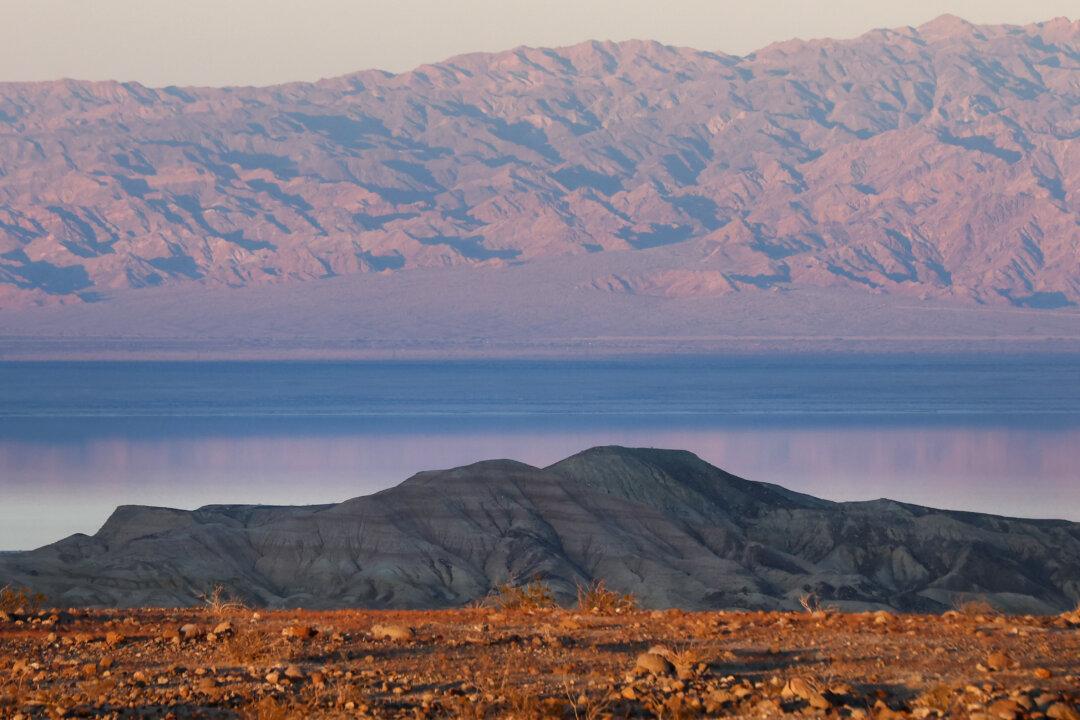The Salton Sea in Southern California could produce enough lithium to power millions of electric vehicles each year, scientists said.
About an hour’s drive south of Palm Springs, the shallow, briny lake—dubbed “Lithium Valley”—contains enough of the battery mineral to help meet the growing national demand for electric batteries in cars, phones, and other devices.





